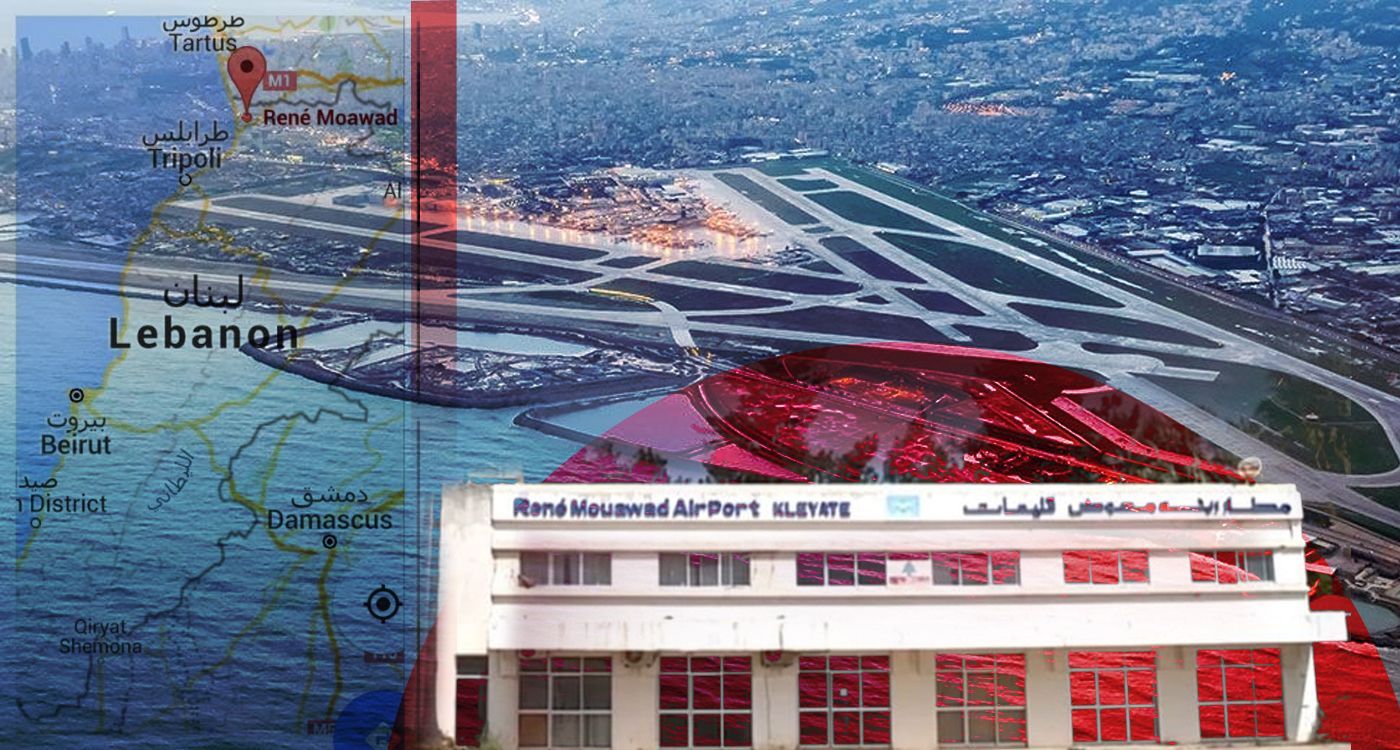
From the moment he was appointed, Minister of Public Works and Transport Fayez Rasamny has shown a firm determination to revive the rehabilitation project of Qlayaat Airport, also known as René Mouawad Airport. According to him, this initiative will be part of a comprehensive vision for air transport, which will be implemented once the government is endorsed by Parliament. In its ministerial declaration, approved on Monday, the government also solemnly committed to developing this airport.
The question remains whether Minister Rasamny will succeed in making this project a reality and in achieving what his predecessors failed to accomplish or lacked the will to pursue.
Now more than ever, the Lebanese authorities, under pressure from both the international community and Hezbollah, are being called upon to reconsider their priorities regarding national security, risk management and balanced economic development across the entire territory.
Hezbollah’s Veto
The reopening of Qlayaat René Mouawad Airport has been met with Hezbollah’s veto, as the group refuses to allow a strategic public facility to escape its control.
Yet, this airport had previously served as a domestic terminal for MEA’s fleet between 1988 and 1990, under the initiative of former Prime Minister Rachid Karami. Its use at the time was driven by security concerns and the frequent closures of the road connecting Beirut to the north during the 1975 war.
Rapid Opening of Qlayaat Airport
Sajih Attieh, chairman of the parliamentary committee on Public Works and Transport, along with Mazen Sammak, president of the Lebanese Private Pilots Association, believe that Qlayaat René Mouawad Airport could accommodate commercial flights in case of emergency without immediately requiring extensive renovations.
Meanwhile, economist Mohamad Chamseddine, from the research firm Information International, highlights that the 3,000-meter runway is suitable for limited air traffic. According to him, minor investments would suffice to repair cracks and clear out overgrown grass. However, for regular operations, a second runway would be necessary. Constructing it would involve reasonable expropriation costs, as land in Qlayaat is more affordable than in Beirut.
The estimated total cost for rehabilitating Qlayaat René Mouawad Airport is around $200 million, to be financed through the Build-Operate-Transfer (BOT) model. The implementation period is expected to span three years.
A Project with Multiple Benefits
Located in Akkar, 26 kilometers from Tripoli, the capital of North Lebanon, only 7 kilometers from the Lebanese-Syrian border, and 105 kilometers from Beirut, this airport could generate at least 5,000 jobs for local residents. It would also provide a faster and more accessible transportation solution for people in Akkar and the Beqaa region. For instance, a resident of Hermel, who currently has to travel 180 kilometers to reach Beirut’s Rafic Hariri International Airport, would only be 20 kilometers away from Qlayaat Airport.
Even a small country like Lebanon can benefit from having multiple airports for strategic, economic and logistical reasons. The example of Cyprus, which has an area of 9,251 km², illustrates this reality: the island has six airports, including two dedicated to civil aviation, located in Larnaca and Paphos. Similarly, Corsica, with its 8,722 km², has four major airports: Ajaccio Napoléon Bonaparte, Bastia-Poretta, Calvi Sainte-Catherine and Figari Sud-Corse. These infrastructures support both domestic and international flights, facilitating travel to and from the island.
Optimizing Operations
According to numerous studies, optimizing operations at Qlayaat Airport would require that its rehabilitation be accompanied by the creation of a free industrial zone, similar to Jebel Ali in Dubai. This zone would be connected to the Port of Tripoli and to the railway line leading to Turkey, strengthening its key role in the development of pan-Arab trade.
Given the proximity of Qlayaat and Beirut airports—less than 100 kilometers apart—strict coordination of approaches, departures and air routes is essential to ensure flight safety and prevent any interference in the airspace.
Thus, this is not a matter of competition between the two, but of complementarity to optimize their respective activities.





Comments